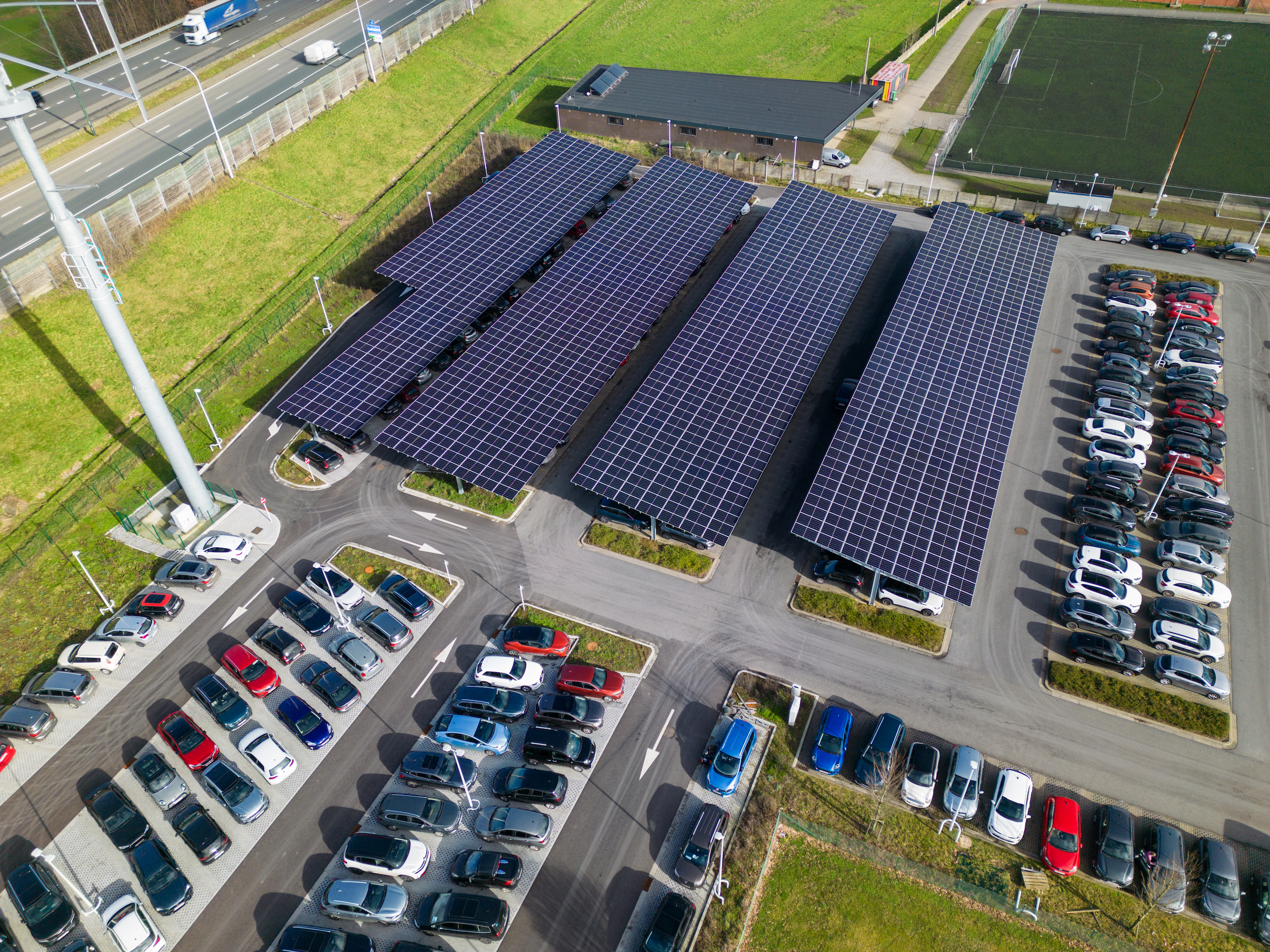Installation costs
One of the biggest challenges facing the solar industry is high installation costs. Although solar panel prices have dropped significantly over the past decade, the purchase cost of installation remains a major barrier for many businesses. The initial cost of purchasing and installing solar panels can be expensive, especially for small and medium-sized businesses. These costs may deter some companies from investing in solar energy, despite the cost savings that solar panels can provide in the long run.

Batteries and storage
Another challenge for the solar industry is the need for additional storage. Although solar panels are an excellent source of renewable energy during the day, they cannot produce energy at night or during cloudy days. This means that companies must rely on traditional energy sources during these times, which can negate the savings from solar energy. Installing energy storage systems such as batteries can help companies overcome this challenge by storing excess solar energy produced during the day for use at night or during periods of low sunlight.
Applicable rules?
Moreover, another key challenge for companies is navigating the complex landscape of incentives, regulations and obligations. In many cases, companies are not aware of the various incentives available to them, or do not know how to navigate the regulations. This can make it difficult for companies to make informed decisions about investing in solar energy.

Power leasing: how does it work?
Despite these challenges, there are solutions that can help companies overcome them. For example, leasing or power purchase agreements (PPA) can help companies lower their start-up costs and make solar more affordable. Under these agreements, a third party installs solar panels on a company’s property and sells the energy generated to the company at a fixed rate. This approach provides businesses with access to the benefits of solar energy without the upfront costs of installation and maintenance.
Conclusion
Although the solar industry has come a long way in recent years, there are still challenges that need to be addressed, especially for companies looking to invest in solar energy. High installation costs, the need for additional storage and complex regulations can be barriers for companies considering solar power. With solutions such as leasing and PPAs and continued innovation in technology, the solar industry can overcome these challenges and continue to grow.